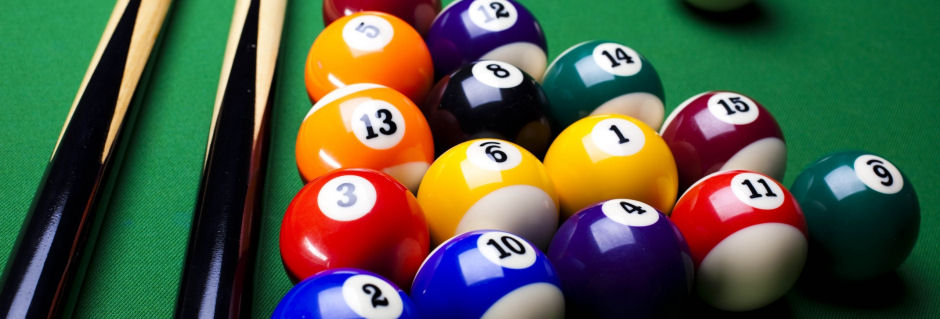 CUSHION / BUMPER REPLACEMENT
CUSHION / BUMPER REPLACEMENT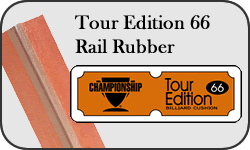
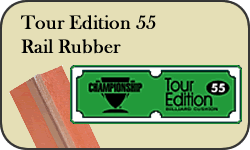
“Pool Table Cushions” also referred to as “Bumpers or Rubbers” are one of the most important components of a pool table. It is important that the cushions stay lively and perform at their best as they are used for bank shots and are used for other styles of billiard games.
Why do cushions go bad and what is involved in cushion replacement?
Pool table cushions will naturally go bad after a period of about 15-20 years if indoors and in a controlled environment. However, this time drastically is shortened to 3-5 years when tables are in garages or porches as they are exposed to major climate changes.
The effect on them is they lose their “moisture” let’s say and they become rock hard. What you will notice is when the ball hits them you will hear a thud type of sound and the ball will stop within a matter of inches versus running back to the other side of the pool table.
The exact opposite can happen to cushions as well, for instance, a pool room environment where there is excessive play. It will take many years but the will get “squishy” like a stress ball.
Now other factors are involved in the longevity of a cushion such as brands and quality but these are the main reasons.
How We Replace Cushions
Cushions are brought our shop and are removed and replaced exactly the way the factory does it!
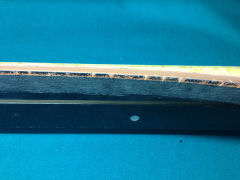 |
Cushions are removed and wood repaired if needed, sometimes the cushion rubber is so hard that it will actually start to remove some of the wood backing that attaches to the rail. | |
 | 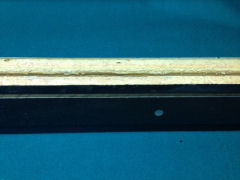 |
Some mass produced pool table rails will have this wood protrusion to help the factories machines line the bumper up, we remove this when replacing the bumpers so they are able to be used at their full potential. |
 | 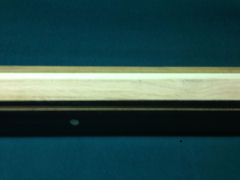 |
We belt sand ALL of the old glue off to bare, fresh, clean wood so there are no chemical differences in the old and new glue that will inhibit the bonding process. We then attach the new cushions and allow the glue to cure and bond over night. |
 | 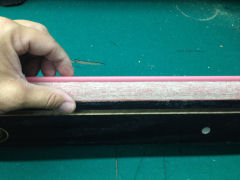 |
New bumper (cushion) installed! Once the glue has cured we cut the pocket angles and attach the facings on the ends of the rail. Now we can re-attach the old or new cloth depending on the job requirements. |

